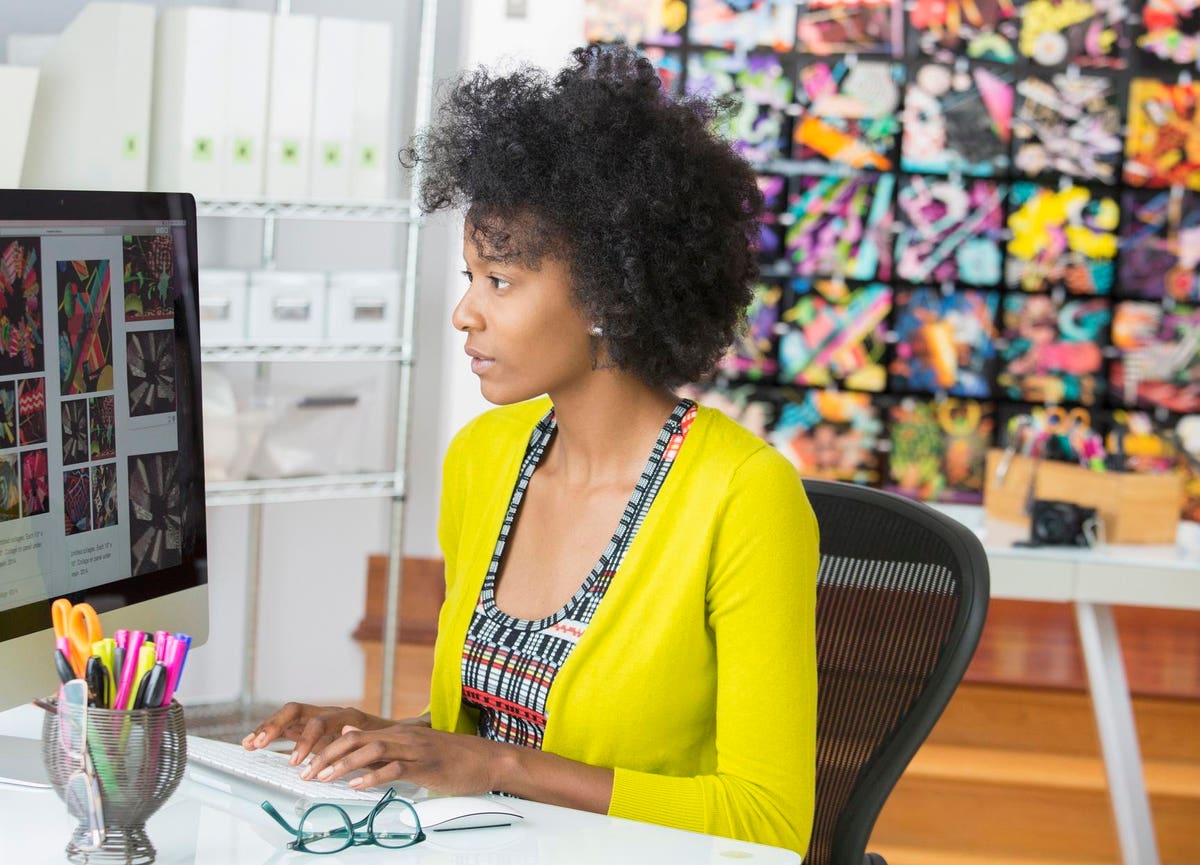Elke Reva Sudin is a New York based visual artist and founder of Drawing Booth an international live event digital sketch company.
Currently, artists, writers and creatives of all types are being threatened by generative AI and taking their fears to the streets. When I was attending art school, we learned some basics on the legalities of working as an illustrator. These were things like you own the copyright to your work automatically, but you have to register to attain an official copyright if you want to be able to fully protect your work.
We learned approximate percentages of how much an artwork would need to change in order for it not to be considered copyright infringement. We also learned how digital images that spread across the internet without your name watermarked on the image could be taken out of context and considered to have no attribution.
I could never have imagined the shifts that are occurring now as AI imaging technology is culling from illustrators and artists all over the world, and actors’ likenesses are sought after for furthering a narrative without the actor doing their art. These concerns stretch out past the artists’ life and into their legacy.
While we can’t predict how copyright on a character, likeness or famous artwork will shift as our technology advances, what we can do is honor the unique skill and delivery that our creative talent offer us right now and implement tools and policies to protect our creative talent.
1. Treat your contractors as if they are staff.
Freelancers often do not know how many incentives W2 employees really experience, from the company covering part of their tax expenses to holiday parties and paid time off. If you work with freelancers, show them that you care and send them those holiday gifts and extra special bonuses and pay increases as you would with your full-time staff.
2. Count impact, not hours.
The illustrator, actor, model or photographer has taken years to develop their exact strategies for you to experience a seamless directed product. Just because something looks simple doesn’t mean that you don’t need to pay for everything that goes in behind the scenes.
3. Be generous.
Doing right by your creatives means giving more than is in your agreement. If a creative did work for you but later regretted their decisions and wants it taken down, see if you can accommodate. It’s better to retain relationships than every piece of content that you create together.
4. Fool the AI.
The biggest fear for many artists is how their creative style will be copied and used by generative AI for someone else’s project. While imitation is the best form of flattery, there are ways to protect images from AI’s scraping the internet. For example, tools like Glaze help mask an artist’s style, confusing AI systems, but look almost unchanged to the human eye.
5. Attribute artists’ contributions.
Finally, when possible, find ways to attribute the unique contributions of your creative talent. If you can’t publicly declare the creative behind the project, then make your company the face of the artist and protect their rights if there is a copyright infringement—and honor your talent internally so the rest of your team knows who made this graphic that is coming out of your company into the public sphere.
With these strategies in mind, you can be sure your creative talent will have a little more faith in working with you. Publicize your policies on AI use and the protections you have in place, and you will make some friends in the creative community.
Forbes Business Council is the foremost growth and networking organization for business owners and leaders. Do I qualify?
Read the full article here





